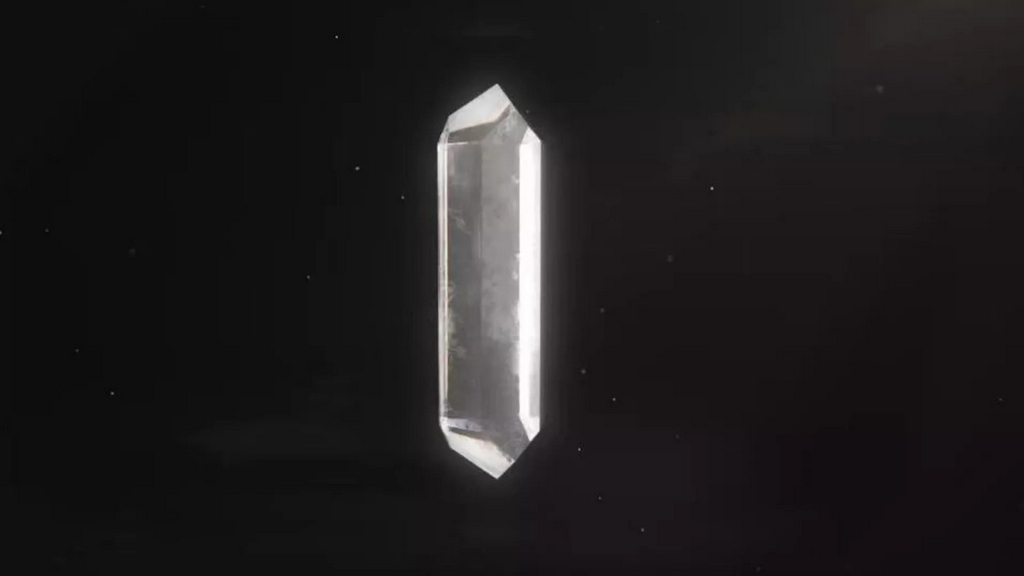It is a phosphate mineral and columnar crystal called Changesite–(Y) named after Chang’e, the Chinese mythological goddess of the moon.
The same name was used for the name of the mission, Chang’s 5, that landed on the Moon’s Oceanus Procellarum region in December 20.
It was the first lunar sample return mission since the 1970s, taking 1.7 kilograms of the youngest lunar samples ever acquired by humans back to Earth for study.
Researchers at the Beijing Research Institute of Uranium Geology used X-ray refraction to find the crystal that has a radius of just 10 microns.
According to Chinese state media Global Times, the Commission on New Minerals, Nomenclature and Classification (CNMNC) of the International Mineralogical Association (IMA) confirmed it as a new mineral.

China becomes the third country to uncover a new lunar mineral, following the United States and former Soviet Union.
Shortly after the new lunar mineral discovery, it was announced China’s National Space Administration had received approval to send three orbiters to the Moon as part of the Chang’e lunar program.
The missions are part of a renewed push from China to boost its space agency, with ambitions to also build its own space station and eye towards Mars.
Space mining is expected to be the next source of tension between the US and China with both countries eyeing the Moon’s minerals.
Chang’e 6 is expected to be China’s next moon mission that will attempt for the first time to collect samples from the far side of the Moon which never faces Earth.






